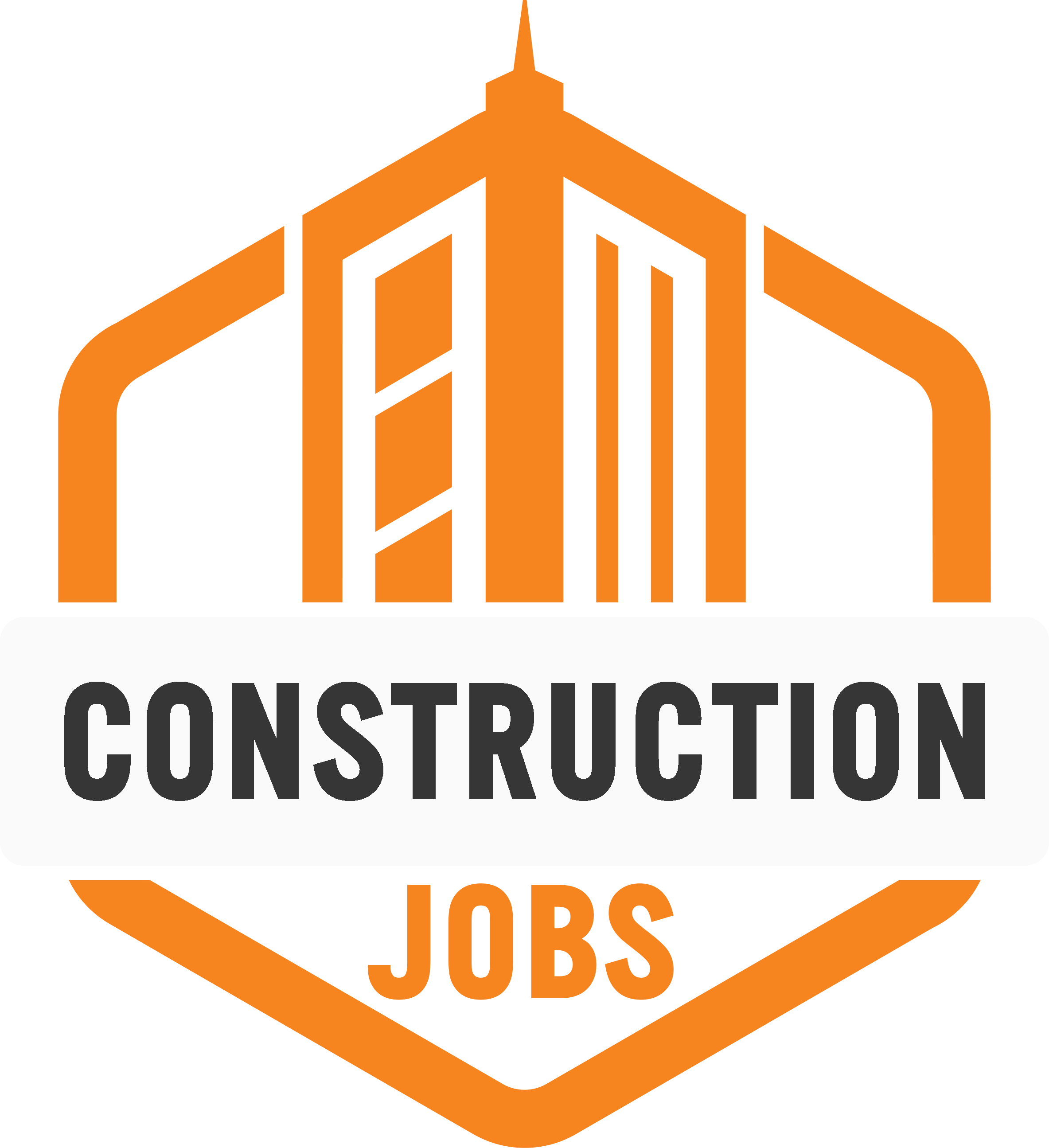How Do We Draw More People to Skilled Labor Jobs?
Skilled labor positions in engineering, construction, and other trades are sorely lacking workers among younger generations.

How Do We Draw More People to Skilled Labor Jobs?
Skilled labor positions in engineering, construction, and other trades are sorely lacking workers among younger generations. For many reasons, companies in essential industries that keep the world moving haven’t been able to retain their workforce numbers. Here are some of the reasons behind the labor shortage and ways that companies can attract more people to these vital professions.
How Did We Get Here?
Why aren’t people taking skilled labor positions? The most obvious and concerning reason is a generational divide between the dwindling baby boomer workforce and millennials and Gen Z.
Most younger people aren’t interested in blue-collar work. Work-life balance is a high priority for them, and essential jobs in skilled industries aren’t known for offering much balance. Many members of younger generations also feel that they need to attend a four-year college rather than a two-year trade school or vocational program.
Although interest in skilled labor positions started trending in the right direction in 2022, there’s still a long way to go. The United States lost more than 47 million employees in 2020 and 2021, with jobs in manufacturing seeing the highest resignation rates at about 5.5 percent. Meanwhile, white-collar financial positions experienced a resignation rate of just 1.7 percent.
Other key factors have contributed to the loss of skilled workers, from COVID vaccine mandates to deteriorating working conditions when businesses reopened after the lockdowns. Millions of people in entry-level labor positions preferred to file for unemployment and collect the stimulus checks than continue working in unsatisfying jobs.
What Can We Do?
The key to sparking a revival in skilled trades is to fix the public’s perception. Rather than enforcing the stigma that young people must go to a four-year university to have any career success, it’s vital to demonstrate skilled labor’s many benefits and opportunities. A good place to start is by addressing the most common misconceptions.
- Address Common Misconceptions
- Many young people are dissuaded from entering skilled occupations because of a few popular myths. These misconceptions won’t go away until the affected industries address them head-on. Here are the most common examples:
- No room for advancement:
- Contrary to the belief that skilled trades have dead-end jobs with no advancement opportunities, these industries have great career potential for those who stick around and develop their crafts.
- Too labor-intensive:
- Skilled trades have some physical prerequisites, but knowledge and intelligence are more important than raw strength. Many require a thorough understanding of complex technology first and foremost.
- Limited employee demographics:
- Although traditionally held by men, careers in technical occupations are wide open to women.
- Poor compensation:
- Most entry-level trade jobs pay higher than the minimum wage and more than entry-level office positions. Plus, you can save more of your earnings instead of paying off expensive student loans.
Companies can do their part to fight these misconceptions by being more transparent with potential employees. Most blue-collar businesses prefer to let their work speak for themselves, but the “show, don’t tell” strategy no longer applies in this media-saturated climate. People need to hear the industry’s stories and see what your workplace offers.
- Reach the Right Audience
Businesses must access the right audience —aspiring young workers — to rebuild their staff numbers. Since younger employees value work-life balance and supportive culture, your company has to demonstrate those qualities. The old abrasive attitude of blue-collar workers doesn’t appeal to them.
For example, Connecticut-based flooring and wall company Dur-A-Flex shows great initiative by highlighting its culture and growth, showing the employees’ smiling faces every chance it gets. These small efforts help rewrite the narrative about blue-collar positions, demonstrating that skilled labor is just as fulfilling as any other career path.
Dur-A-Flex and many other organizations have also started to promote their track records more openly, showing off their “Best Place to Work” awards and other such credentials. Some, like Florida road-building company Shelby Erectors, have joined bigger media projects, such as the popular TV show “Dirty Jobs,” to give people greater insights into skilled labor positions.
Blue-collar jobs got the short end of the stick in the mainstream media for a long time, but they’re starting to get their due recognition.
- Improve Training With Technology
Managers in manufacturing, construction, and other high-risk fields naturally want to hire the most skilled people to keep the workplace safe. However, this outlook keeps the door closed for millions of inexperienced workers. Instead, they need to adjust their onboarding and training programs to make their jobs accessible to a broader base of applicants.
Most training is hands-on due to the nature of the work, but companies in skilled industries should take full advantage of electronic learning as the world becomes more digital. Emerging technologies like artificial intelligence and virtual reality make a huge impact in essential industries.
The labor shortage will not end if both sides remain hard-headed. They can’t afford to be picky with applicants in the current economic climate. It falls on the employer’s shoulders to create more learning opportunities and attract eager employees to their respective fields.
Skilled Labor Industries Need an Overhaul
Given the changing needs of the younger workforce and the dire need for labor, it’s safe to say that skilled industries need an overhaul in multiple areas. They need to reevaluate their public perception, promotional strategies, and training programs. These three elements will be crucial in helping manufacturing, construction, and other such professions rebuild their workforces.
- Share This →

